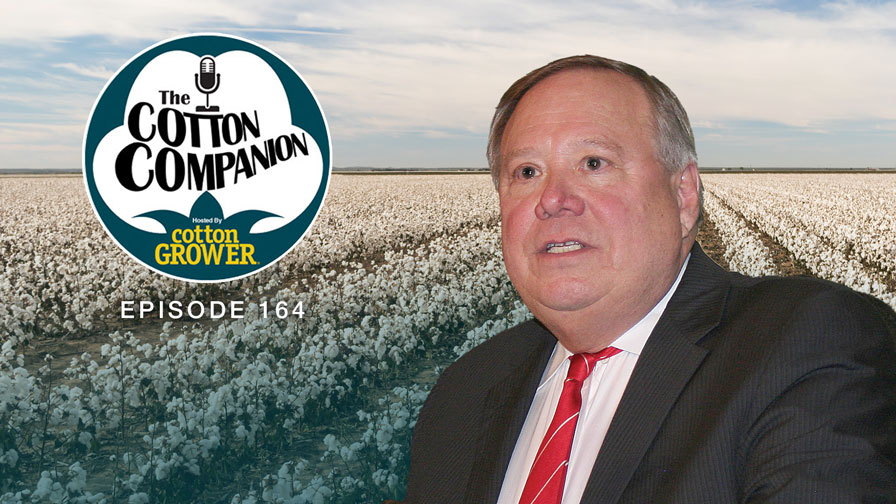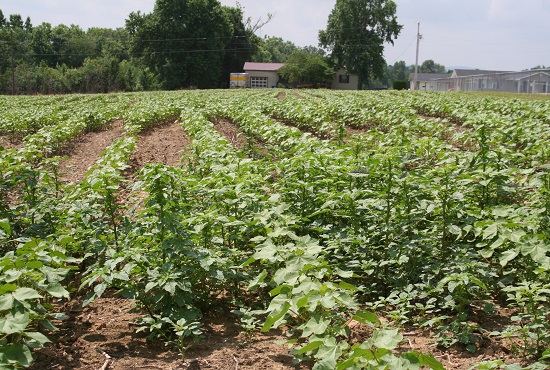In Cotton – and the U.S. Cotton Trust Protocol – We Trust
Having grown up in the heart of Georgia cotton country – where my family owned a cotton warehousing business, and I scouted the crop in my high school and college years – the fiber holds a special place in my heart. It, along with peanuts, was the driving force of the local economy where I grew up. That remains true of the area today.
As we close in on the 2021 cotton season, it’s worth taking a moment to appreciate the fiber that has sustained so many for so long. For consumers, it too has provided clothes and textiles critical to their comfort and survival for generations. And we could go on about the many other uses of the fiber and its seed.
The fiber itself has a lot going for it. It is natural, renewable and the practices growers use to produce it are sustainable. New technologies are allowing growers to put even more sustainable practices into place. That’s a story worth selling, and today’s consumers are buying. Consumers and the brands they shop are ever more conscious of the environmental profile of products they purchase.
That’s where the U.S. Cotton Trust Protocol comes into play. The program aims to measure and work toward continuous improvement in six key sustainability metrics – land use, soil carbon, water management, soil loss, greenhouse gas emissions and energy efficiency.
The program officially kicked off last year and already has 500 growers enrolled. A pretty good start. The National Cotton Council is administering the program and has an ambitious goal of enrolling half of U.S. cotton producers by 2025.
That’s a tall order, but I think it’s doable. Once the program gets some momentum and growers see their neighbors enrolling and learning how it all works, they will get onboard. Recent news underscores that momentum. In December, the Protocol announced enrollment of its first ten U.S. cotton textile manufacturers – Buhler Quality Yarns, Cap Yarns, CCW, Contempora Fabrics, Cotswold Industries Inc., Frontier Yarns, Hamrick Mills, Inman Mills, Parkdale Inc., and Swisstex Direct – as members. Membership enables these mills and manufacturers to prove that they are an approved supply chain partner for brands and retailers who are sourcing more sustainably grown cotton.
Also in December, Gap Inc. joined the U.S. Cotton Trust Protocol as part of its integrated sustainability strategy and to help it achieve its commitment to use only 100% sustainably-sourced cotton by 2025.
Gap Inc.’s target of sourcing 100% of its cotton from more sustainable sources by 2025 is set across its collection of brands including Old Navy, Gap, Banana Republic and Athleta. That’s a big deal and a lot of cotton.
I understand the reticence some growers may feel about joining the program and level of record keeping it requires. But it offers U.S. growers an opportunity to solidify their position as the preferred global source of cotton. The program wouldn’t be possible without the Permanent Bale identification (PBI) that enables end-to-end traceability. The PBI is unique in the world, and the U.S. Cotton Trust Protocol offers us a chance to make the fabric of our lives even more special. Learn more about it at trustuscotton.org.









